
You all would be shocked if you took a peek into my inbox. It is flooded with all kinds of questions about toxic mold. While I love the fact that my situation has created some much needed awareness around this topic, I am also finding it near impossible to get to each and every question that comes in.
Therefore, I thought that I would start addressing some of the more common questions in a series of posts. Makes sense right?
I would like to kick off the series with what I feel is a pretty important concern. Sadly, it isn’t one that has a cut and dry answer to it because there are so many factors. However, I will share my personal experience as well as my two cents. And please, feel free to share your experience in the comments. The more dialogue we can create around this topic, the more awareness there will be.
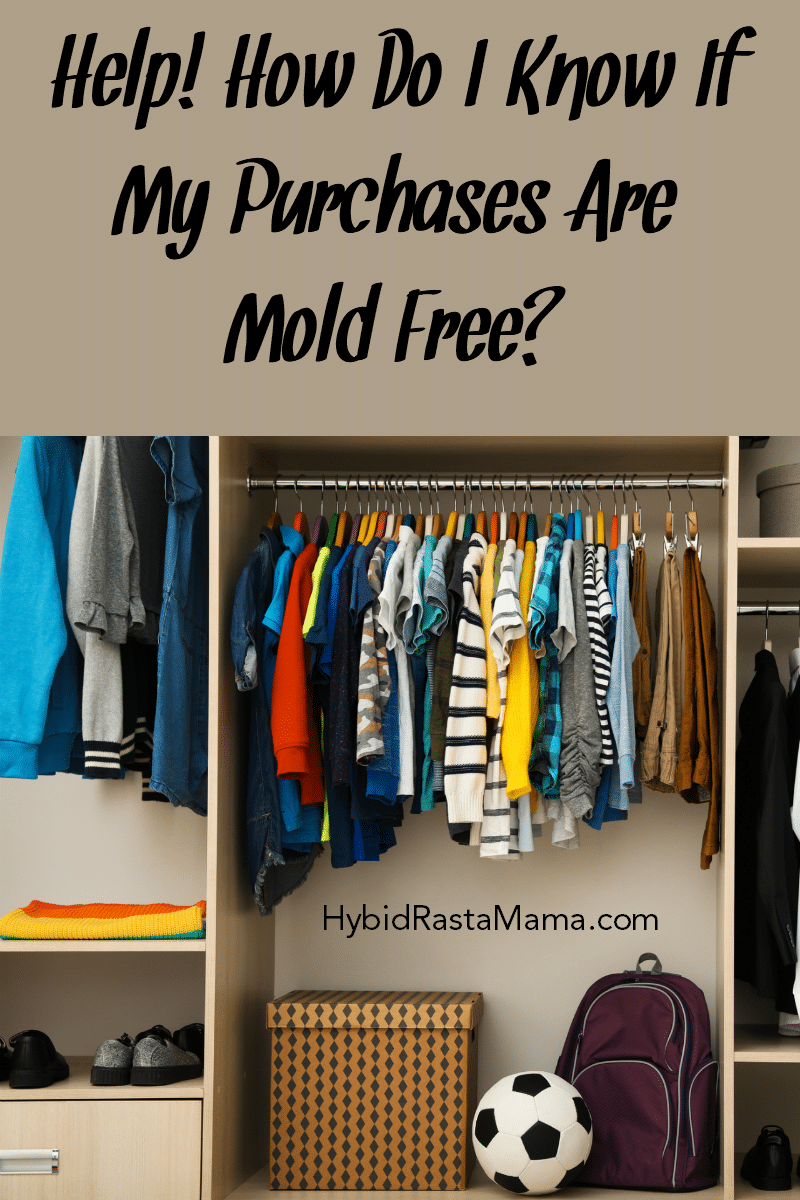
So you’ve walked away from your home and most, if not all of your belongings. You have remediated your car as a precaution against cross contamination. You are basically doing everything right in terms of making a clean break from the mold and mycotoxins so they don’t follow you to your next home. But there is one small problem. How in the world do you begin to rebuild when the vast majority of buildings are water damaged? Where do you purchase “safe” stuff from?
Sigh – unfortunately, I have removed the word safe from my vocabulary for the time being. In a perfect world, there would be a way to obtain new belongings that were guaranteed to be mold and mycotoxin free. But really, you have no way of knowing whether your purchases were made, shipped, stored, or sold in an environment that was rich with mold and mycotoxins.
Exactly what can you safely purchase mold free and from where?
Well, there is no solid answer on this. There are many factors at play as well as individual circumstances. As a general rule, it is safest to purchase NEW items from stores that do a high volume. It pains me to tell you to shy away from smaller mom and pop shops but the reality is, the more quickly merchandise moves out of a store, the less chance it has to become contaminated. Also, look for items that have a fairly recent manufacture date on them. The newer the item, the less chance it has to become contaminated. In addition, it is best to make purchases in person, as opposed to online. There are several reasons for this.
First, if you suffer from mold related illness or react in any way to mold, walking into a contaminated store should set off some sort of reaction in your system. The reactions will vary but you should feel “off” in some way within a short time after entering the store. Should this occur, leave immediately and do not purchase anything from there.
I had a pretty hardcore experience after I moved to Arizona. I walked into a little touristy type store in the Old Town area and within seconds I was stumbling drunk. My daughter instantly become nauseated and her head began pounding. As I turned to leave, I could smell the distinct aroma of mycotoxins. (Once you know the smell you never forget it). My daughter and I got out into the fresh air but it took a couple of days to feel normal again. Obviously, we would never set foot back into the store nor would we purchase anything from it.
Second, when you make a purchase in person, you can inspect the store to some degree. Do you see water damage? Can you smell mold? Does the store feel humid or moist? Do you see active leaks? If there are any signs of water damage, do not make a purchase there.
Third, when you make a purchase in person, you can interact with the item before you buy it. Several times, I have picked up an article of clothing and my hand got itchy. This is a sure sign that I am reacting to it and I put it back. Don’t be afraid to inspect, sniff, and fondle your potential purchase. If anyone hassles you, explain your situation. Most people are understanding.
Ideally, you would know the source of ALL materials used in the manufacturing or creation of the items you purchase. Alternatively, you could make everything yourself. This way, you control the environment as much as possible. But let’s be realistic. There is a minuscule portion of the “moldy” population that can afford the time and the expense of going to this extreme. Therefore, we have to use our brains, trust our guts, and tune into our bodies to determine if our purchases are safe.
Some people simply do not have the financial means to purchase new items and must rely on donations and second-hand stores. This is risky of course because you have no idea about the history of the items you are bringing into your home. They could be teaming with contaminants. Is there a safe way to bring used items into your mold free environment? Not really. If it were me, I would only bring in the very bare minimum and just go without. I know – this also doesn’t sound very realistic but I would rather be safe than sorry!
This all begs the question – if we don’t know 100% that our new purchases are mold free and mycotoxin free, how is that better than remediating/cleaning and bringing our contaminated items with us?
I honestly do not have some genius enlightened answer to this. My philosophy is that NEW items are less likely to be contaminated if they have been recently manufactured and have not been sitting on the shelf for long. I will take great care to thoroughly clean any new purchase to ensure that it is safe as can be. This doesn’t guarantee that I am avoiding contamination but it is, in my opinion, a better option that knowingly bringing in your contaminated stuff.
There really is no “right” way to go about replacing your stuff so don’t feel bad if your options are limited and you have to take a risk and bring in used items. Just do your best to know where they came from and to find out whether the environment they were in is mold free.
Personally, I look at this situation as a new beginning. It’s a fresh start in a sense – a way to be much more mindful about consumerism and what we really need versus those items that are truly impulse purchases and frivolous wants. Moving forward, I will be making calculated purchases, only buying those things that we truly need and use on a day to day basis. When we get to the point that we actually have discretionary funds again (which honestly could be never), I would prefer to use that money on experiences and not clutter. Visiting historical sites, taking trips to experience various cultures first hand, even simple things like going on a train ride to enjoy the scenery. These memory making activities are the things you and your children will remember when all the “stuff” has lived out its life expectancy.
While I will follow this loose set of personal guidelines when replacing our most used items, I will focus more on minimalism. Less stuff I bring into our home = less potential for contamination.
For those mold survivors out there – how did you handle replacing your possessions? We you worried about bringing in mold and mycotoxins?
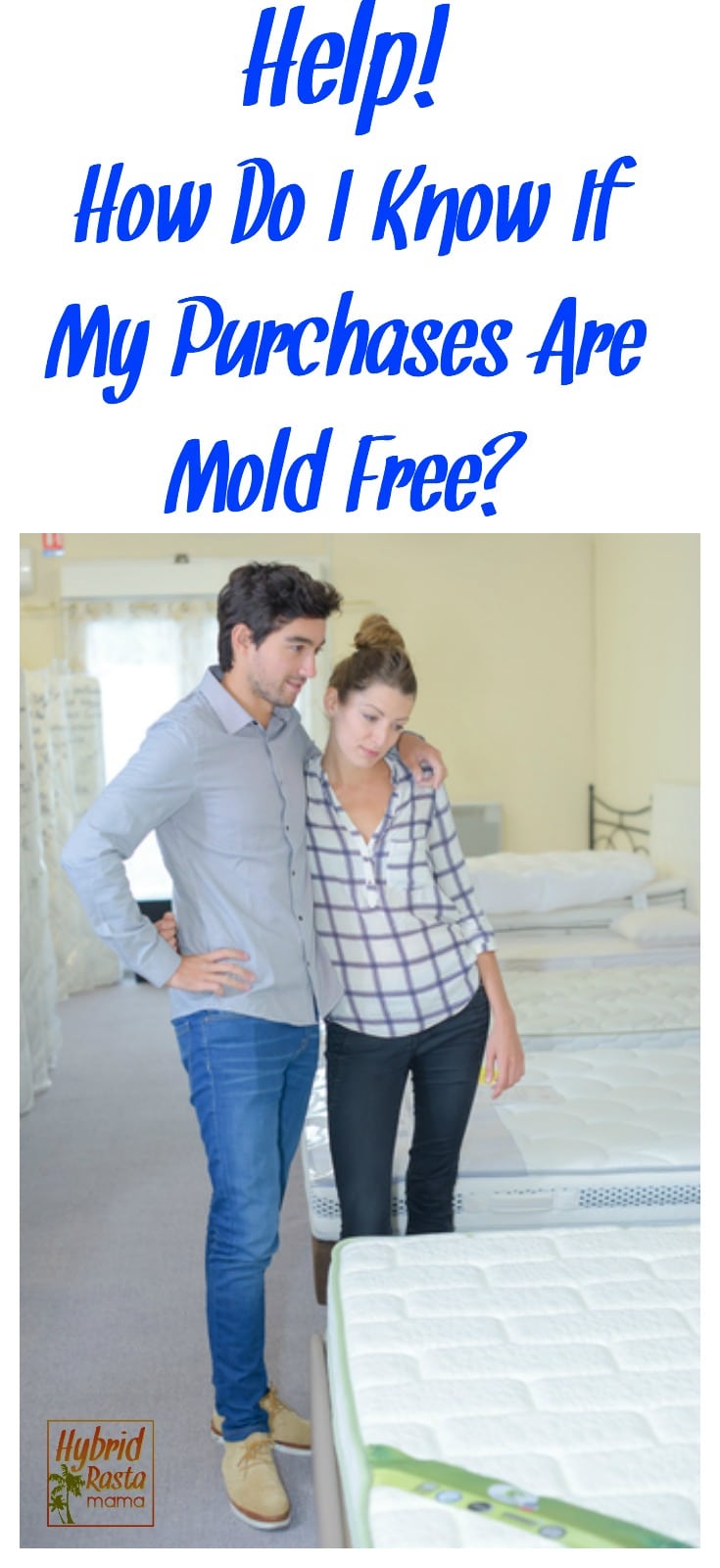
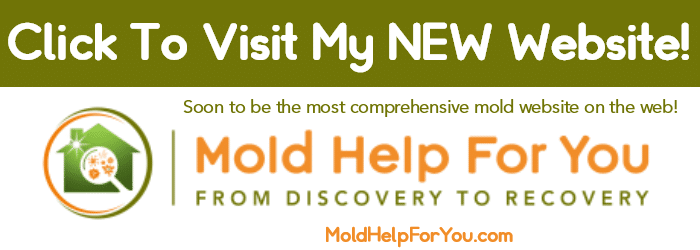
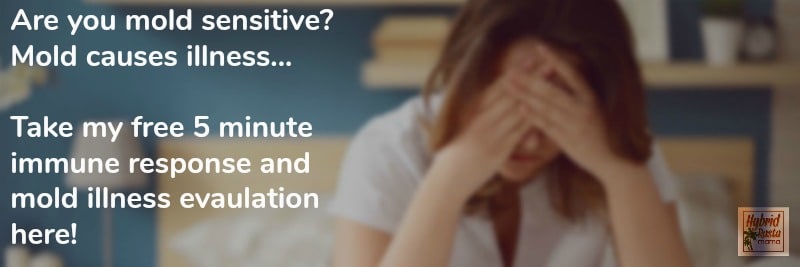

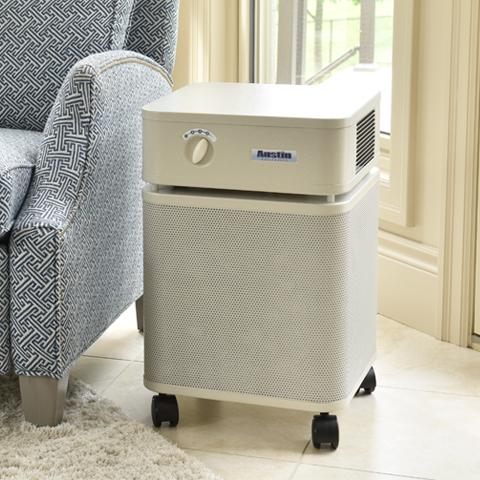
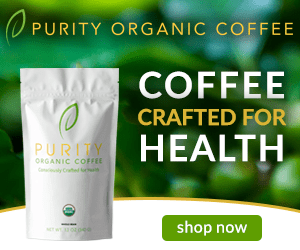
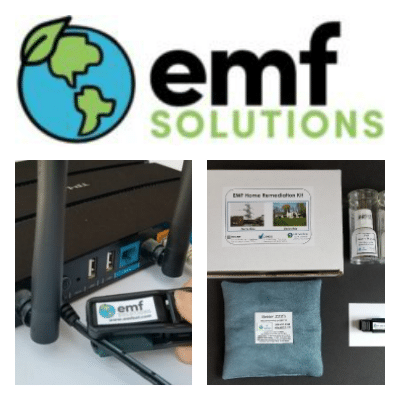
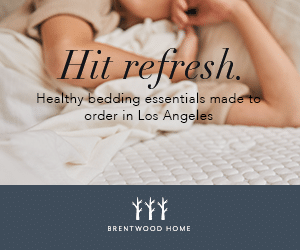
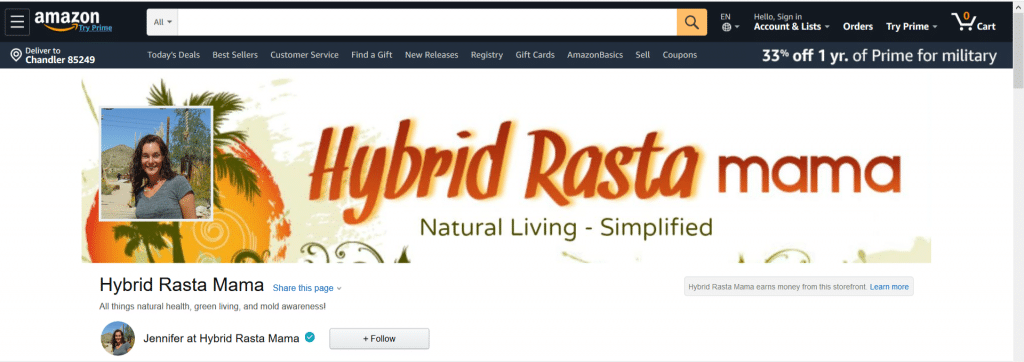
Kristen–well minded says
Thank you for this information. I hate to live in fear, but this makes sense. I’m now moving my family to a deserted island.
Jennifer says
Yeah – I think I am just going to live in the middle of the ocean and call it good!
Sara Mattson says
I think you’re right about this being super tricky. This is what my doctor said,
“I know it would be tempting to go to Ikea and replace all your stuff, but mold patients almost always become extremely sensitive to the formaldehyde in pressed wood and other toxic chemicals in new furniture. I would prefer that you got real wood furniture and trust your innate ability to sense mold if it is used.”
So many things to navigate around with this. Glad to have found your site. We moved to Arizona, too.
Jennifer says
Hi Sara! Oh those pesky chemicals we now have uber sensitivities too!!! It really makes purchasing anything rather tough doesn’t it? Your doctor must be my doctor because my doctor said the exact same thing. 😉 Glad to have you here although I wish it was under different circumstances. What part of AZ are you in?
Gabriella says
Thanks for this article. We have had to remediate moldy areas in our house. I guess it is best to get rid of everything that we had there?
Supposedly furniture was cleaned up.
Any chance you can share about your recovery protocol or useful links of what to do to recover.
Thanks!
Jennifer says
Hi there! Still working on how to best share my recovery protocol. It is a long work in progress and it seems to change often!
Insofar as getting rid of everything…that is a really personal choice and depends on lot on what mold/mycotoxins were present and at what levels. It also hinges on health problems you were experiencing. We were practically on death’s door so there was nothing worth risking our health further. Ideally, you would start fresh but again, a lot comes into play.